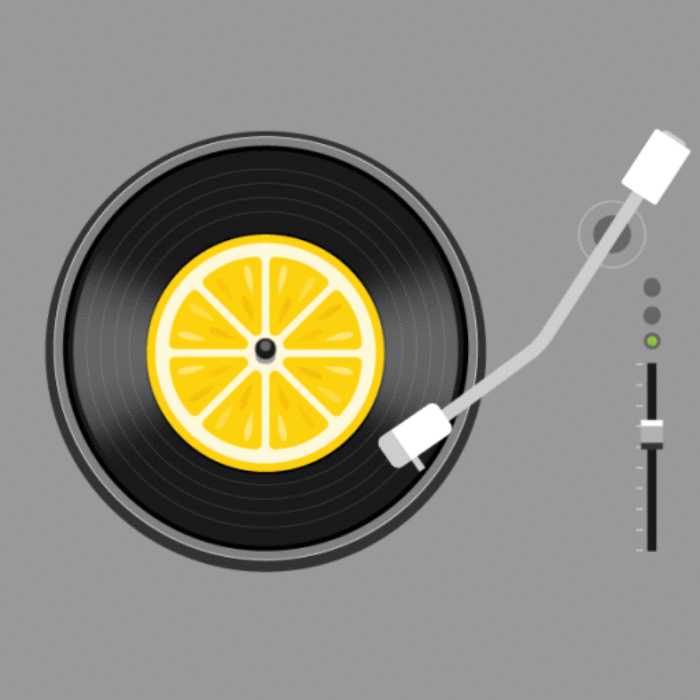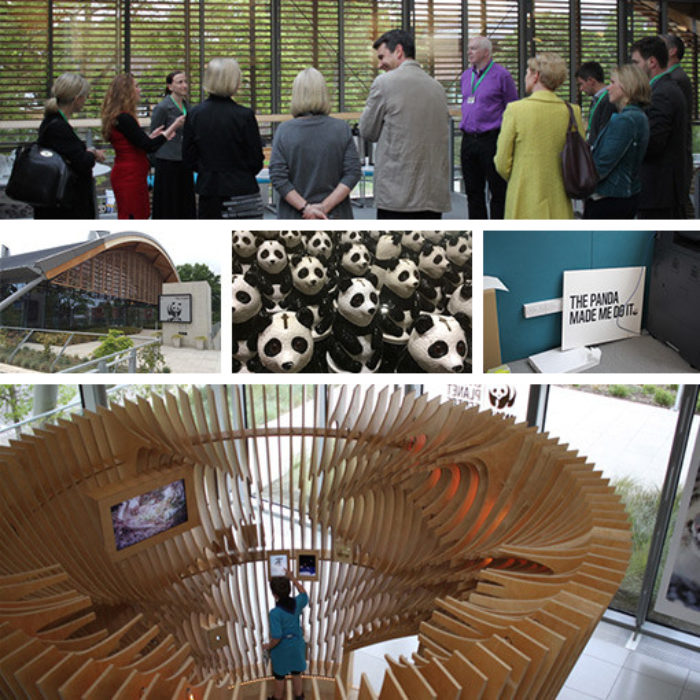Become an innovator (part 11): Make connections
This blog series explores the shared characteristics of innovative people and organisations, with a particular focus on what innovators think, feel, believe and do. We’re also looking at how we can all do more to encourage and create innovative workplace cultures.
The eleventh characteristic shared by all those with a spirit of innovation is to seek and make connections.
“When we try to pick out anything by itself,
we find it hitched to everything else in the universe.”
John Muir, Scottish naturalist
How are ideas created? Easy. By smashing things together. Or, to play nice, by making connections. Einstein called creative thinking ‘combinatorial play’. Steve Jobs believed ‘creativity is just connecting things’.
Getting connected
There are plenty of ways we can make connections:
- spotting patterns in the evidence;
- spotting patterns from the past;
- identifying recurring frictions in how humans behave;
- learning from other companies or cultures;
- changing perspectives and tuning into networks;
- adapting great ideas from current businesses, from nature, from other cultures or other disciplines;
- seeking conflict or commonality in ideas, beliefs, feelings or attributes; or
- by having fun smashing together seemingly unconnected ideas.
Imagine a circle. In the middle of the circle is your challenge. Around the outside are an infinity of sources you can draw upon to connect with your challenge. This is what I call the power of the edge; you can take ideas from the edge and bring them together.
This simple tool visualises one version of the combinatorial power of the edge:

The power of combination
Combining ideas uses the power of asking questions that begin “What if….?”. Why is that so powerful? Because it allows us to predict the future. It forces answers with a very specific, cause and effect construction: ‘What if this happens? Then this happens’.
As clinical psychologist Simon Baron-Cohen puts it: “If there are cumulonimbus clouds and there is thunder, then there will be severe weather. If a glider has a fixed wing and the wing has an angle of six degrees, then the glider will be lifted up.”1
Baron-Cohen says this ability is uniquely human and was the result of changes in how the human brain began to function around 100,000 to 70,000 years ago. He calls this ‘if and then’ thinking the ‘systemising mechanism’, and says it is directly responsible for dramatic human progress, because it opened the door to invention.
Let’s look at some smashing examples of creative ideas that emerge from combining things together:
- Find a pattern in the evidence to make a discovery: It might be kids connecting the presence of light with the light switch. Or it could be gravity (if an apple falls from a tree). Or it could be medical consensus that smoking causes lung cancer.
- Smash science, engineering and design thinking together: Emerging tech expert Antoine Gourévitch calls this combination of disciplines ‘deep tech’, and says it is “the next chapter in the innovation story”. His analysis followed visits to 100 research labs around the world in 2019/20, where he observed the ways they were combining a range of technologies, such as robotics, nanomaterials, block chain and quantum computing, to address real-world problems. For example, the company Lilium Air Mobility is developing all-electric air taxis, combining disciplines like big data, engineering and design thinking to evolve its offer.
- Smash an attribute you need against something that already has that attribute: It’s 5,000 years ago, I need to move a big stone. I’m not strong enough. What might be strong enough? How about an ox?
- Smash a question against a new perspective: I remember attending a one-day introduction to innovation, run by lateral-thinking genius Edward de Bono. He recalled a challenge he was given about a polluting chemical plant that dumped its waste downstream of where it drew its river water. What if, he asked, the plant was required to dump its waste upstream of where it drew its own water? How would that change behaviour?
- Smash a need against a seemingly conflicting idea: What if we rented out space we don’t own to people we don’t know? You get Airbnb. What if we rent music rather than sell it? You get Spotify.
- Smash one idea against another in a similar space: What if we smashed one kind of food into another? You get fusion food. What if you smash classical music together with popular music? You get a whole new genre and some genius new music – just ask music producer Rick Blaskey who has managed fusion acts and created ‘The World in Union’ anthem for Rugby Union World Cups.
Innovators borrow
Here’s an extract from a fascinating interview with David Bowie2:
“The only art I’ll ever study is stuff that I can steal from. I do think that my plagiarism is effective. Why does an artist create, anyway? The way I see it, if you’re an inventor, you invent something that you hope people can use. I want art to be just as practical. Art can be a political reference, a sexual force, any force that you want, but it should be usable. What the hell do artists want? Museum pieces? The more I get ripped off, the more flattered I get. But I’ve caused a lot of discontent, because I’ve expressed my admiration for other artists by saying, ‘Yes, I’ll use that,’ or, ‘Yes, I took this from him and this from her.’ Mick Jagger, for example, is scared to walk into the same room as me even thinking any new idea. He knows I’ll snatch it.”
His message is, by smashing what you do into what I do, I can create something new.
Learn more
This is part eleven of a series of articles on the characteristics of innovative people and organisations. The next instalment is coming soon, but in the meantime you can explore the full set in detail, by downloading our free report Innovation for Everyone.
And if you want a chat about how to create a more innovative culture in your organisation, just drop me a line at John.Drummond@CorporateCulture.co.uk
Sources:
- From ‘The Pattern Seekers: A new theory of human invention’, by Simon Baron-Cohen.
- From a 1976 interview. Widely quoted, for example: https://fashionunited.uk/news/fashiondavid-bowie-desperately-seeking-the-goon-squad/2016011919094




